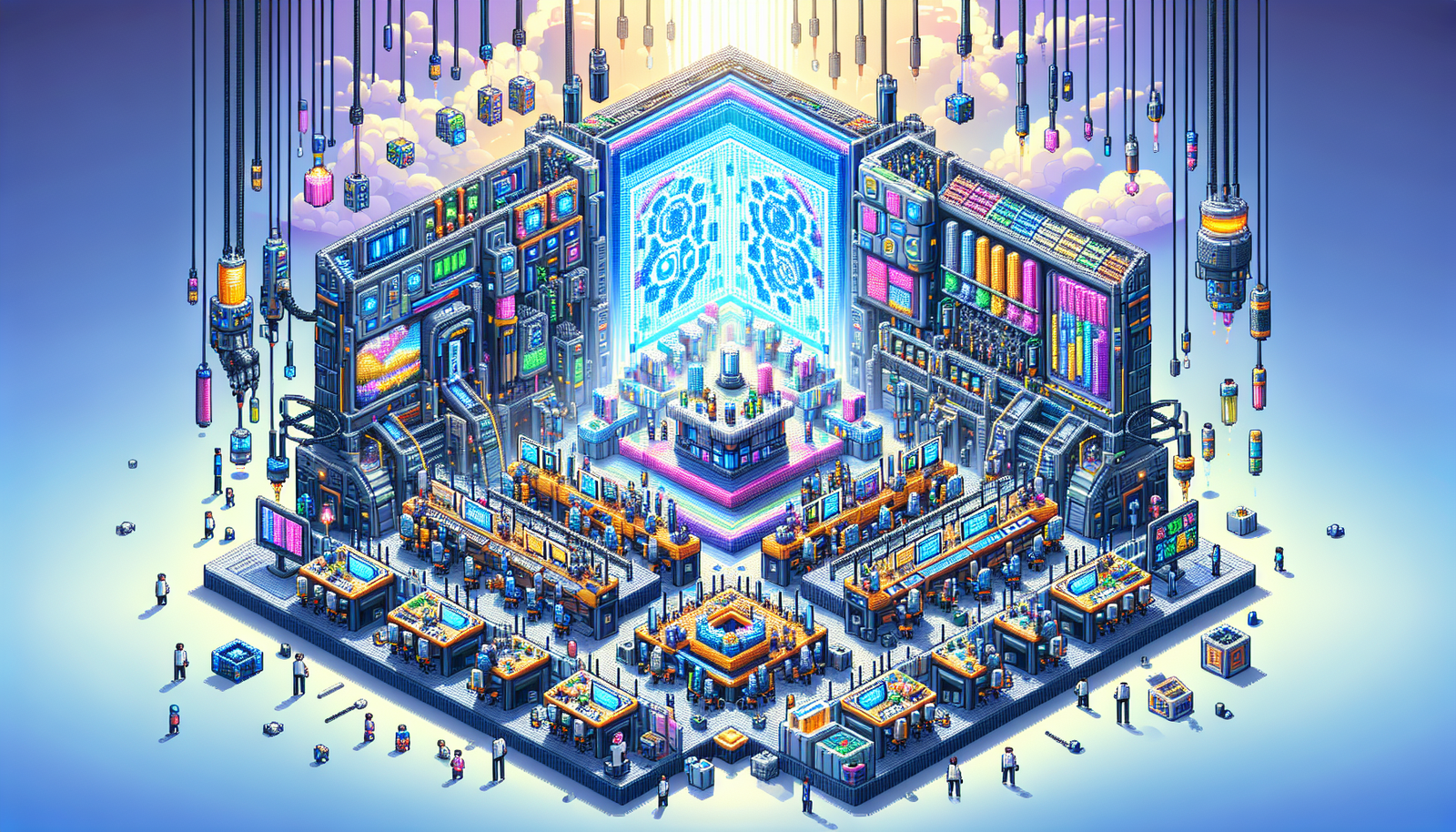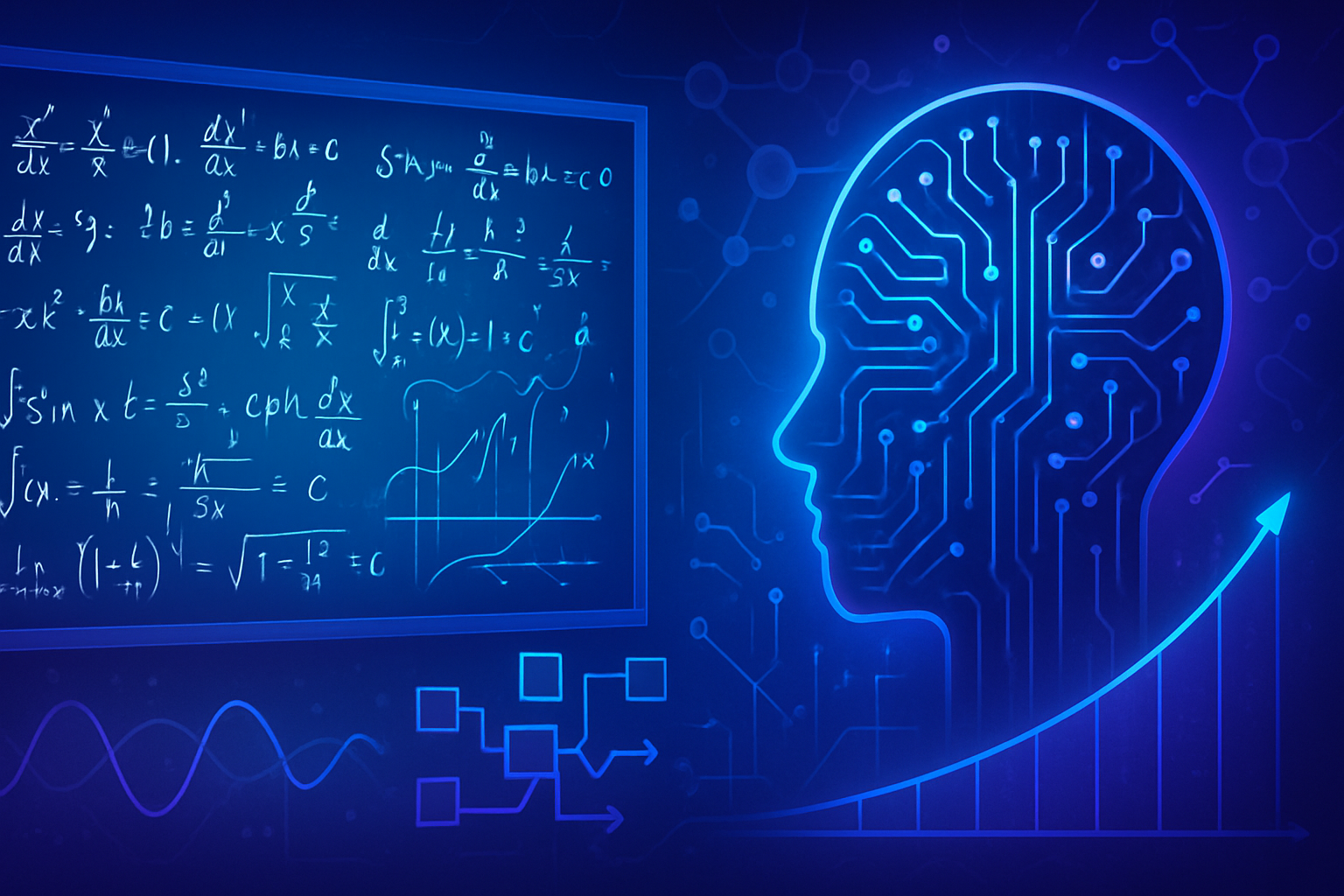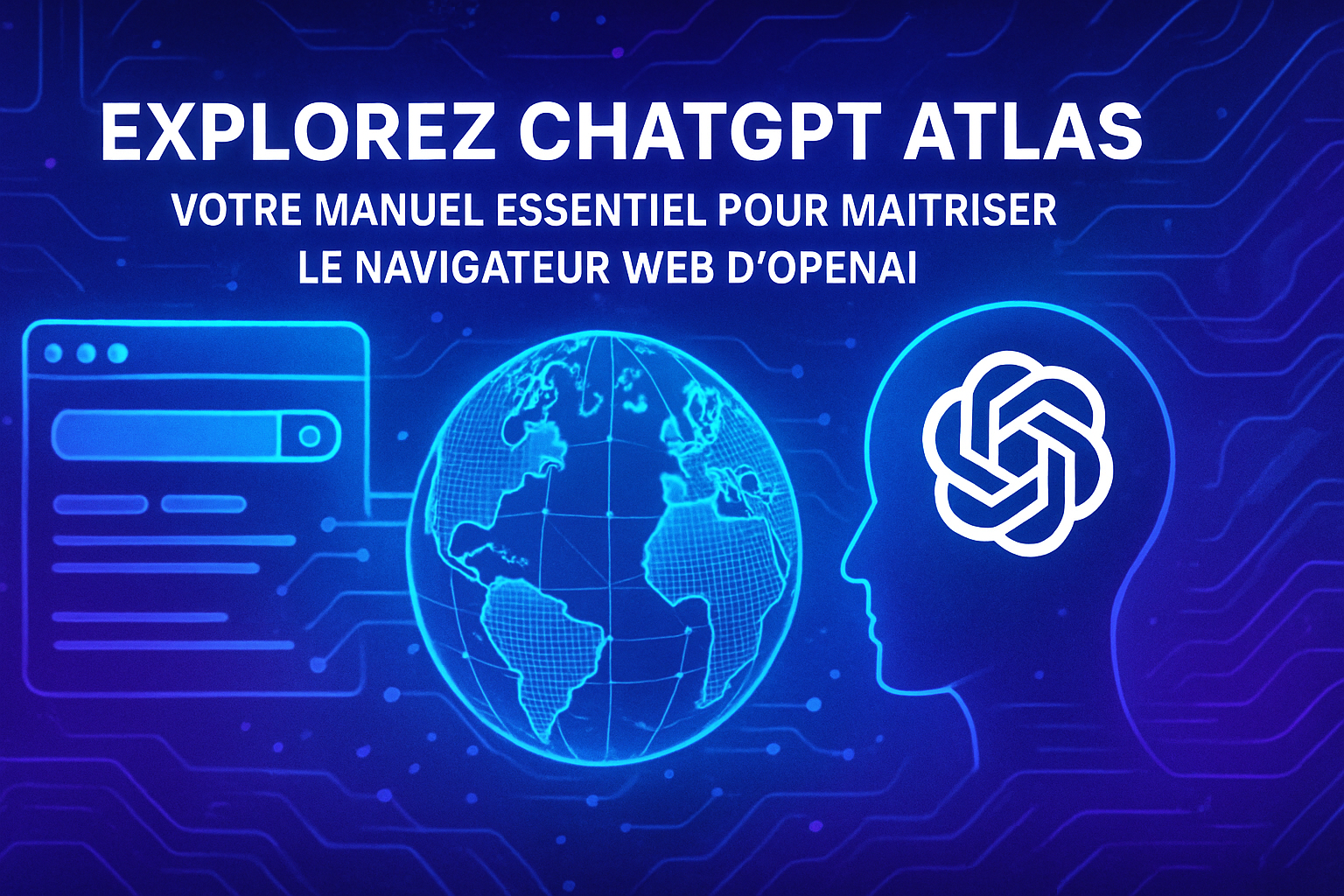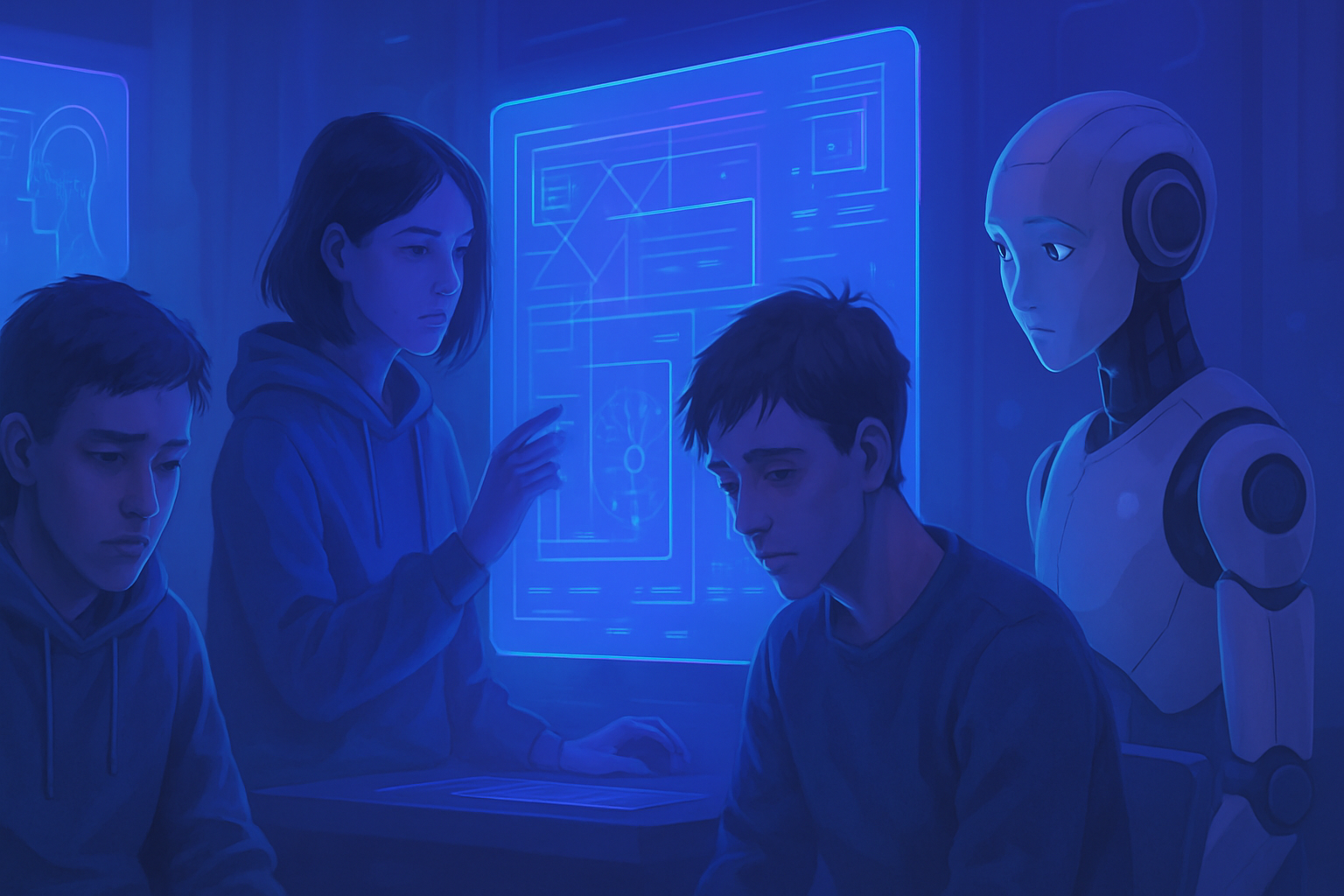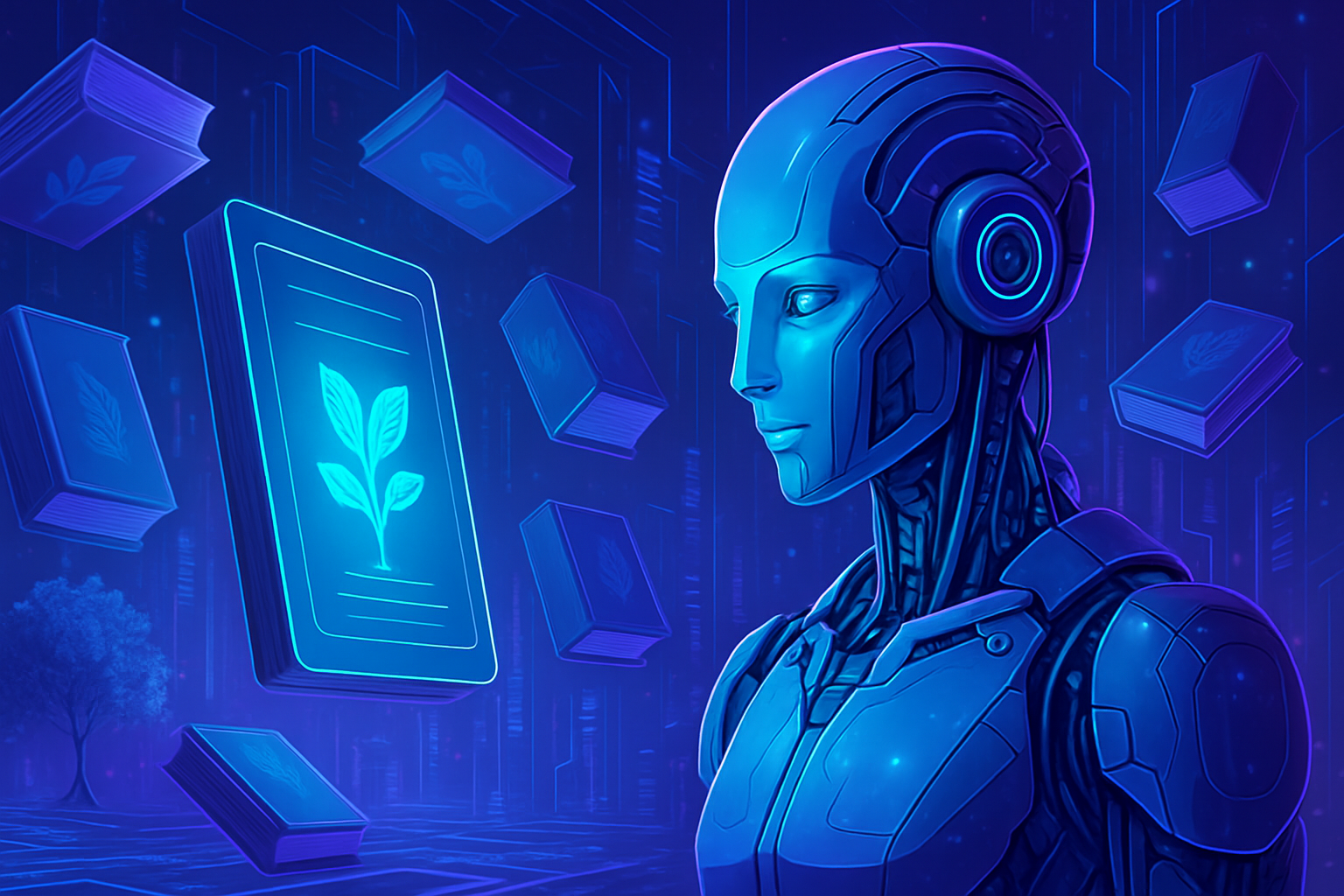A major challenge arises in the development of artificial intelligence: effective collaboration between multiple agents in complex environments. The *TeamCraft* testbed, based on Minecraft, revolutionizes the learning of multimodal multi-agent systems. By integrating a *rich virtual world*, this system provides invaluable opportunities to evaluate and refine AI algorithms.
*Understanding the interactions* between intelligent agents is a fundamental issue for advancing the field. The ability to replicate real-world situations in a playful universe like Minecraft enhances the relevance of research. Thanks to this framework, researchers can test and train collaborative models while analyzing their performance in varied and dynamic contexts.
Introduction to TeamCraft
Researchers from the University of California, Los Angeles (UCLA) have developed TeamCraft, a new open-world environment. This testbed allows for training and evaluating algorithms designed for embodied artificial intelligence (AI) agents, including teams composed of multiple robots. This project is based on the popular video game Minecraft, offering a perfect utopia for AI research.
A response to an urgent need
Qian Long, a PhD student at UCLA, emphasizes a lack of multimodal multi-agent benchmarks for open environments. Minecraft, as a widely popular game, constitutes a visually immersive framework. Its procedurally generated landscapes and varied gameplay mechanics encourage a multitude of activities, making it ideal for creating a multi-agent benchmark.
How TeamCraft works
TeamCraft allows for training algorithms on four essential task types: building, cleaning, farming, and smelting. Researchers have also evaluated existing vision-language models using this platform. This evaluation has contributed to a deeper understanding of the limitations of these models.
Agent collaboration
The TeamCraft system assesses how embodied agents can collaborate in complex environments. Agents receive RGB data in first-person perspective as well as contextual information, reflecting human experience in the environment. The tasks require collaboration between agents, the use of available tools, and an understanding of the surrounding environment.
Advantages of TeamCraft
TeamCraft has a decisive advantage due to its ability to specify tasks in a multimodal manner. Unlike previous systems such as ALFRED and MineDojo, which rely solely on textual instructions, TeamCraft supports multimodal prompts. This capability broadens the range of task specifications.
The originality of TeamCraft also emerges from the RGB first-person perspective it provides to agents. In contrast, some earlier approaches relied on state-based observations or simplified visuals. TeamCraft focuses on multi-agent environments, enhancing the simulation of real-life challenges that require collaboration.
Distinctive capabilities
Each task within TeamCraft evaluates agent skills in planning, coordination, and execution in a dynamic setting. Unlike other testbeds, this system allows not only for evaluating agents with uniform skills but also those with distinct roles within a team. Agents can thus take on varied responsibilities and develop their decision-making skills in real time.
A powerful systemic foundation
TeamCraft includes a total of 55,000 task variations, defined according to various factors such as biomes, base blocks, or objectives. The Minecraft environment allows agents to act and think like human players, without relying on perfect data. The need to actively explore the environment promotes more realistic behaviors, reducing dependence on idealized information.
Future prospects
An open-source code is available on GitHub, allowing scientists worldwide to train and evaluate their machine learning models. This platform can also facilitate the design of video game characters with general AI, which collaborate effectively with other characters or assist human players.
Significant advances in collaboration between intelligent agents and humans are anticipated, making these agents capable of assisting players in their gaming strategies. Such innovations could transform the role of AI in the gaming industry, turning it into a true teammate.
Researchers assert that by increasing the amount of high-quality training data, models can learn richer patterns and adapt to varied scenarios. Eventually, the explicit interaction capability of agents through natural language could prove to be a promising avenue for future research.
Frequently asked questions
What is TeamCraft and how does it work?
TeamCraft is a testbed based on Minecraft designed to train and evaluate multimodal multi-agent systems. It allows artificial agents to collaborate in a dynamic environment using first-person RGB data, similar to what a human player would perceive.
What types of tasks can be performed in TeamCraft?
TeamCraft allows agents to train on four main types of tasks: building, cleaning, farming, and smelting. These tasks require coordination and planning among agents.
How does TeamCraft improve agent learning?
TeamCraft enhances agent learning by providing them with a visually rich environment, which fosters realistic behaviors and a better understanding of real-world challenges. Agents must explore their environments, which develops their adaptability and learning capacity.
What is the main innovation of TeamCraft compared to other platforms?
TeamCraft stands out for its multimodal approach, allowing for task specifications that are both textual and visual. Unlike other systems, it provides an RGB first-person view, improving the agents’ interaction with the environment.
How do agents learn to interact in TeamCraft?
Agents learn to interact by receiving information about their state and the environment, like a human player. They must perform specific predefined actions and can help each other complete common initiatives.
How many task variations are available in TeamCraft?
TeamCraft offers an impressive total of 55,000 task variations, defined according to various factors such as biomes, target materials, and agent roles, providing rich diversity in training.
How does TeamCraft approach coordination among agents?
TeamCraft allows for both centralized and decentralized coordination, thus offering flexibility in how agents interact and collaborate. This more accurately simulates the challenges of collaboration in real-world scenarios.
Why use a game environment like Minecraft for agent learning?
Minecraft offers an open and dynamic world, with procedurally generated landscapes and a vast range of gameplay mechanics. This creates an ideal framework for exploring collaborative problem solving and resource management among intelligent agents.
What is the ultimate goal of TeamCraft?
The ultimate goal of TeamCraft is to improve how intelligent agents collaborate in complex environments, studying how they can communicate, make decisions, and adapt to changing situations, while developing robust learning capabilities.
